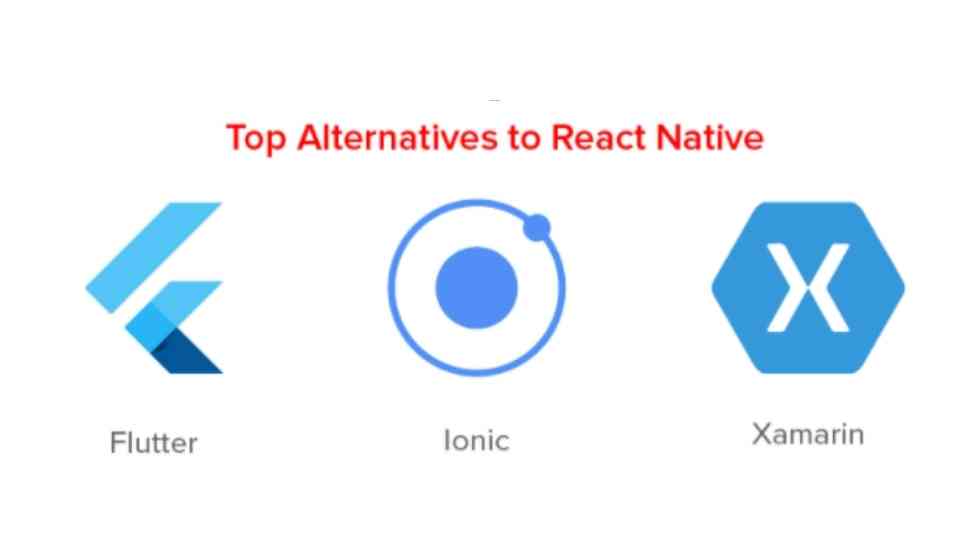React Native is a popular JavaScript framework used by developers to create beautiful and intuitive mobile applications. Its functionality is based on React, but instead of building web applications, it targets mobile ones. The component “Native” in the framework name refers to the fact that it has several unique and independent features despite being a hybrid platform.
One of the essential advantages of React Native is that you don’t have to write different codes for iOS and Android applications. Once you hire React developers and create a code for a mobile application, you can use it both for iOS and Android, which indeed saves lots of time and resources.
However, React Native isn’t the only Framework used by developers for creating mobile apps. Here are seven popular alternatives:
1. Flutter
Like React Native, Flutter is also an open-source framework used for crafting native mobile applications. Google first introduced the platform in December 2018. Its functionality is based on Dart, a popular programming language created as an alternative to JavaScript. The Framework has easily customizable widgets and native themes for mobile apps, but the Flutter library has fewer components.
2. Ionic Framework
Ionic Framework is another React Native alternative used for developing beautifully designed mobile and desktop apps. It has an extensive UI component library that allows creation of attractive and aesthetically pleasing mobile apps for iOS and Android phones. In addition, the platform has many native plug-ins like Maps and Bluetooth and can easily integrate with other frameworks such as React and Angular.
3. Xamarin
Xamarin is another open-source platform, the functionality of which is based on .NET. This Framework, introduced by Microsoft, can be used for developing iOS, Android, and macOS applications. One of the advantages of Xamarin is that it is entirely free. It has a large active community and has received over 100 thousand contributions.
4. PhoneGap
PhoneGap is an open-source mobile development tool introduced by Adobe. Developers love this Framework since it uses several programming languages such as CSS, JavaScript, and HTML for creating apps. In addition, the Framework provides access to Native APIs. As a result, the application can easily access the app’s camera, geo-location, and other features and provide users with a superior experience.
5. Onsen UI
Onsen UI is open-source software introduced in 2013 that, instead of creating native mobile applications, focuses on enriching them with UI components. Unlike React Native, Onsen UI is an ideal tool for building hybrid apps. It works with several frameworks such as CSS, JavaScript, AngularJS 1, and React. Besides mobile applications, Onsen UI also supports browsers like Safari and Chrome.
6. Quasar Framework
Quasar is a front-end framework, the functionality of which is based on VueJS. It has out-of-the-box UI components for crafting attractive websites, desktop, and mobile applications. In addition, developers working with Quasar write code once and optimize it for different platforms. Among all the advantages, it’s surprising to learn that Quasar was created by an individual, not by a giant tech company. Unfortunately, this fact puts the existence and maintenance of the Framework at risk.
7. Tabris Framework
Tabris Framework, also called Tabris.js, is a mobile app development tool based on JavaScript. Instead of web views, it’s a genuinely native framework that creates native widgets for rendering the UI. Developers working with Tabris never have to deal with SDKs since the Framework allows building an app within minutes.
Final Thoughts
The frameworks mentioned above are the best alternatives to React Native. They are used for developing responsive and beautifully designed mobile applications. Though their functionalities are based on different programming languages, all of them are open-source and user-friendly.
